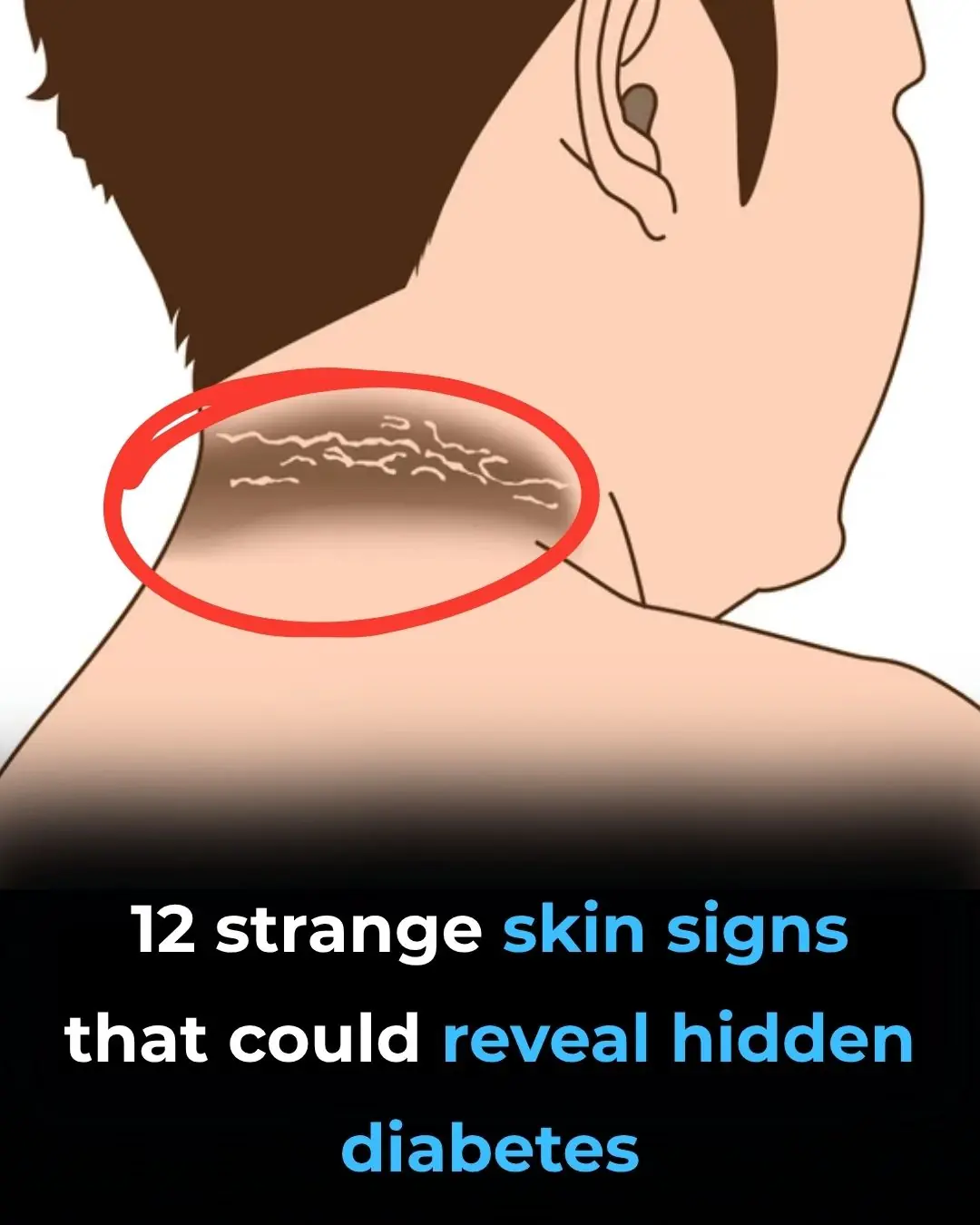
12 Surprising Skin Changes That May Signal Diabetes (A Must-Know Guide)
12 Surprising Skin Changes That May Signal Diabetes (A Must-Know Guide)
Did you know that up to one-third of people with diabetes will experience a related skin condition? Your skin isn't just a covering; it often acts as an early warning system, revealing clues about your blood sugar control and insulin efficiency.
Ignoring these changes can be risky, as they may signal undiagnosed or poorly managed diabetes, potentially stopping bigger health problems before they start.
Here is a guide to 12 telltale diabetic skin problems you need to know.

The Top 12 Diabetes Skin Problems
Diabetes manifests on the skin in numerous ways, from infections caused by high sugar levels to conditions directly linked to insulin resistance.
1. Acanthosis Nigricans
-
What it looks like: Darker, thick, velvety patches of skin.
-
Where it appears: Most commonly in skin folds, such as the back of the neck, armpits, and groin.
-
What it means: This is a strong signal of insulin resistance, often a precursor to Type 2 diabetes. It urges you to get tested and take immediate action to manage glucose levels.
2. Necrobiosis Lipoidica
-
What it looks like: Patches that start as small, firm bumps and grow into thickened areas. They often have a yellowish, reddish, or brown tint and a porcelain-like shine, making underlying blood vessels visible.
-
Where it appears: Most commonly on the legs.
-
What it means: It's more common in those with diabetes and reflects underlying changes in the blood vessels. The patches can itch or become inflamed.
3. Diabetic Dermopathy (Shin Spots)
-
What it looks like: Light brown, scaly patches that resemble small, slightly indented age spots.
-
Where it appears: Primarily on the shins.
-
What it means: These spots reflect blood vessel damage due to long-term high sugar levels. While usually painless, their presence is an important indicator of how well your diabetes is managed.
4. Eruptive Xanthomatosis
-
What it looks like: Small, reddish-yellow bumps that resemble pimples but quickly take on a yellow hue encircled by a red halo. They are often itchy and tender.
-
Where it appears: Thighs, buttocks, elbows, and behind the knees.
-
What it means: This is a sign that your blood sugar levels are likely very high (poorly controlled). Fortunately, these bumps usually clear up swiftly with diligent diabetes control.
5. Digital Sclerosis
-
What it looks like: Toughening and loss of elasticity in the skin, making joints stiff.
-
Where it appears: Commonly affects the hands and fingers, making simple tasks challenging.
-
What it means: This complication is directly linked to blood glucose control. Tightening up diabetes management may help alleviate symptoms.
6. Diabetic Blisters (Bullosis Diabeticorum)
-
What it looks like: Unusual bubble-like formations that appear suddenly and look similar to burn blisters.
-
Where it appears: Feet, forearms, legs, or hands.
-
What it means: These are generally painless but signal underlying complications related to diabetes. Never pop them due to the high risk of severe infection. Seek medical advice immediately.
7. Skin Tags
-
What it looks like: Small, soft growths that hang off the skin on a stalk.
-
Where it appears: Areas where skin folds or clothes rub (eyelids, neck, armpits, groin).
-
What it means: An increase in skin tags may hint at high insulin levels or insulin resistance, suggesting undiagnosed or developing Type 2 diabetes.
8. Dry, Itchy Skin
-
What it looks like: Parched, irritable skin prone to itching, cracking, and infection.
-
What it means: High blood sugar levels pull moisture from the skin, leaving it dehydrated. Proper blood sugar control is crucial for keeping skin supple.
9. Skin Infections (Fungal & Bacterial)
-
What it looks like: Hot, swollen patches, itchy rashes, boils, styes, or slow-healing cuts. Fungal infections (like athlete's foot and jock itch) are common.
-
What it means: Elevated sugar levels in the body serve as fuel for yeast and bacteria. Compromised immune defenses in diabetics allow these infections to thrive.
10. Granuloma Annulare
-
What it looks like: Raised lumps that form distinctive ring or arc-like patterns. The lumps can be red, skin-toned, pink, bluish, or purple.
-
Where it appears: Various parts of the body.
-
What it means: Though the connection is not fully understood, people with diabetes experience this condition more frequently, prompting an evaluation for underlying diabetes.
11. Xanthelasma
-
What it looks like: Yellowish, scaly spots.
-
Where it appears: Typically around the eyes.
-
What it means: These patches signal high levels of fat or cholesterol in the blood, which often coexist with Type 2 diabetes or pre-diabetes.
12. Slow-Healing Sores
-
What it looks like: Cuts, insect bites, or blisters that take much longer than usual to heal.
-
What it means: High blood sugar affects circulation and the body's natural healing process, making this a critical sign of poorly managed diabetes.
Action Plan: Protecting Your Skin and Health
Recognizing these signs is only the first step. Proactive management is essential for preventing long-term complications.
1. Get Tested and Manage Blood Sugar
-
Early Detection is Key: Strange rashes, persistent infections, or slow-healing sores can be alarm bells of undiagnosed diabetes. Get tested to identify these silent warnings.
-
Meticulous Control: The best way to resolve and prevent most diabetic skin problems is by maintaining stable blood sugar levels through diet, exercise, and medication (if prescribed).
2. Daily Skin and Foot Care
Diabetic neuropathy (nerve damage) and poor circulation can mask injury, making daily inspection critical.
-
Inspect Your Feet Daily: Wash and thoroughly dry your feet every day (especially between the toes). Use a mirror to check the bottoms. Look for cuts, sores, red spots, swelling, blisters, or infected toenails.
-
Moisturize: Apply moisturizers daily (like CeraVe) to combat dryness, but avoid applying cream between the toes where moisture can lead to fungal growth.
-
Proper Wound Care: For blisters and small cuts, gently cleanse with warm water and mild soap, apply an antibacterial ointment, and cover with a sterile bandage. Avoid popping blisters or picking at sores.
3. Recognize Poor Management Signs
Be alert for signs that your diabetes may be uncontrolled, which often includes:
-
Frequent bacterial or fungal skin infections (boils, styes).
-
Small injuries taking an excessive amount of time to heal.
-
The sudden appearance of Eruptive Xanthomatosis (reddish-yellow bumps).
Healthy skin is a reflection of overall wellness. If changes arise, do not hesitate to seek medical advice—together, we can tackle diabetes one spot at a time.
News in the same category

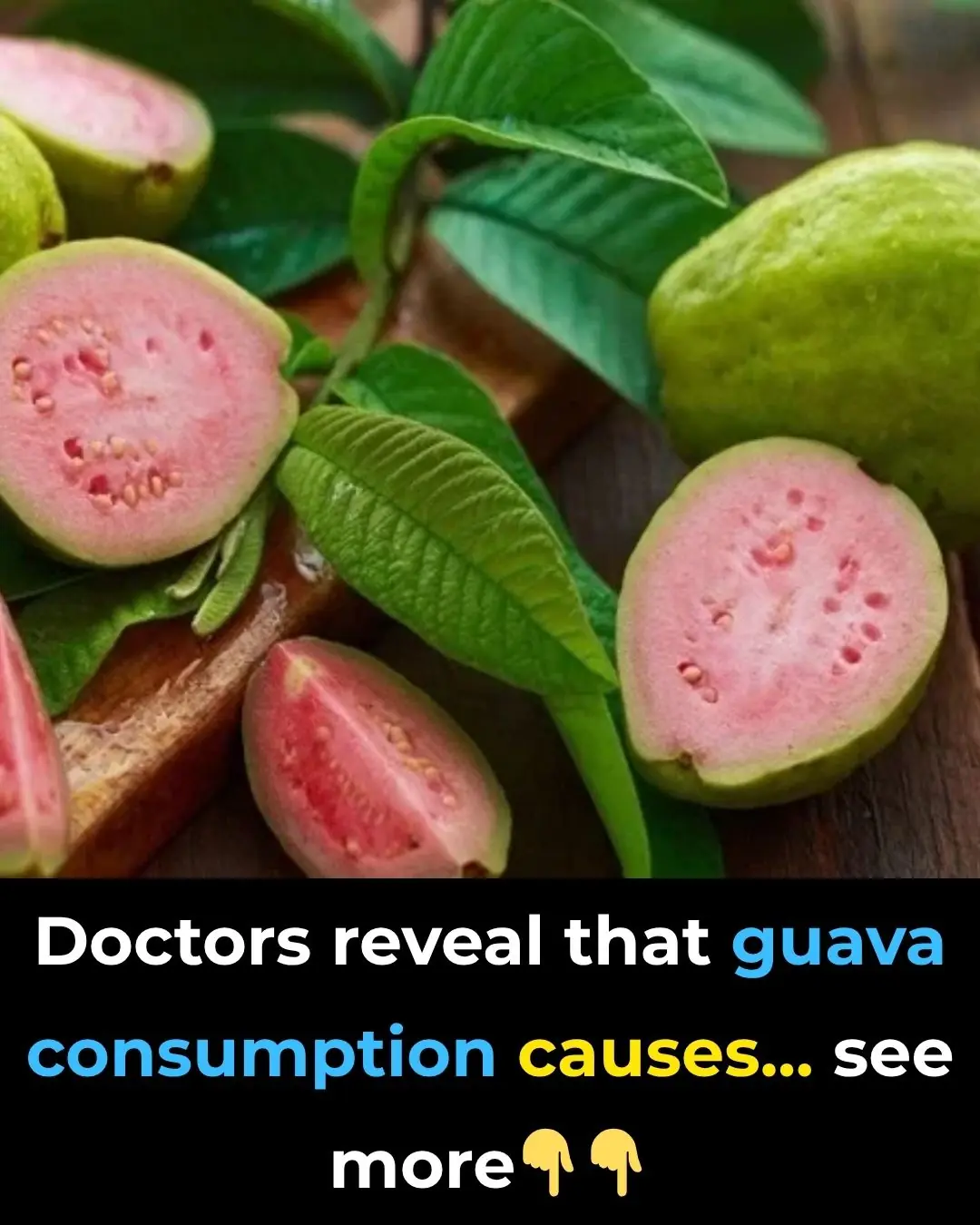
Doctors REVEAL that guava leaf tea causes in...
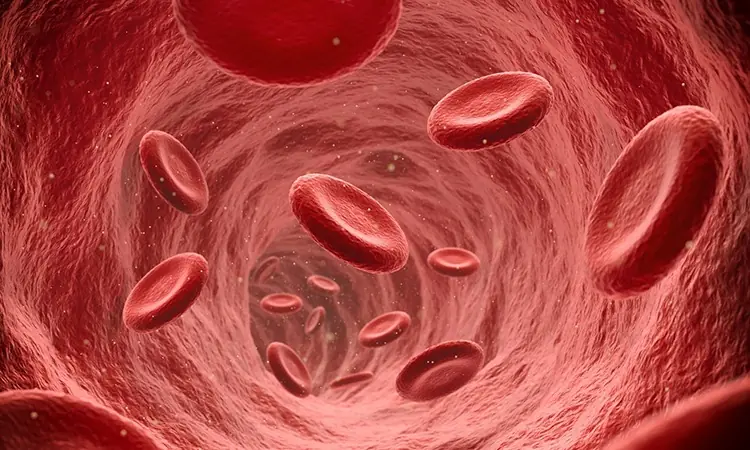
Simple Ways to Lower Cholesterol Naturally

10 Simple Lifestyle Changes That Drastically Reduce Your Stroke Risk

Ginger and Red Date Tea: The 97-Year-Old Grandma’s Secret Longevity Drink
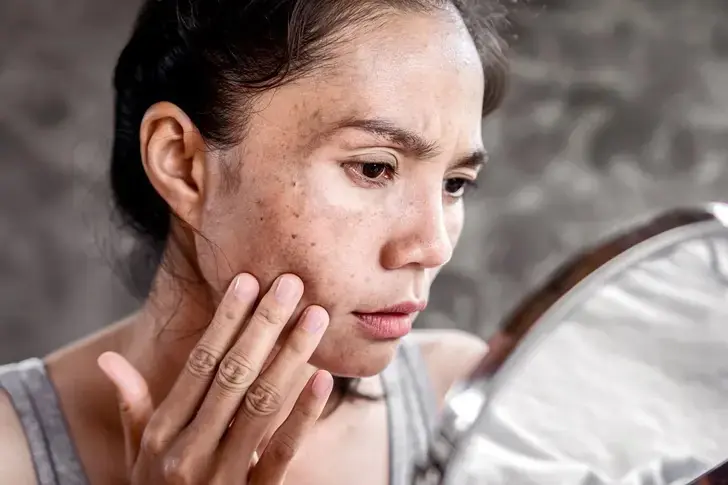
How to Remove Age Spots Naturally with Lemon Juice

Molasses Stops Insulin Resistance Almost Immediately — Here's How to Use It
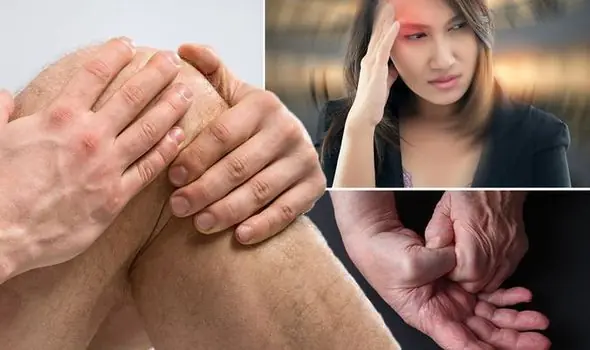
15 Silent Signs You’re Dangerously Low on Vitamin B12

The Potassium Powerhouse: What Eating Bananas Daily Does to Your Blood Pressure
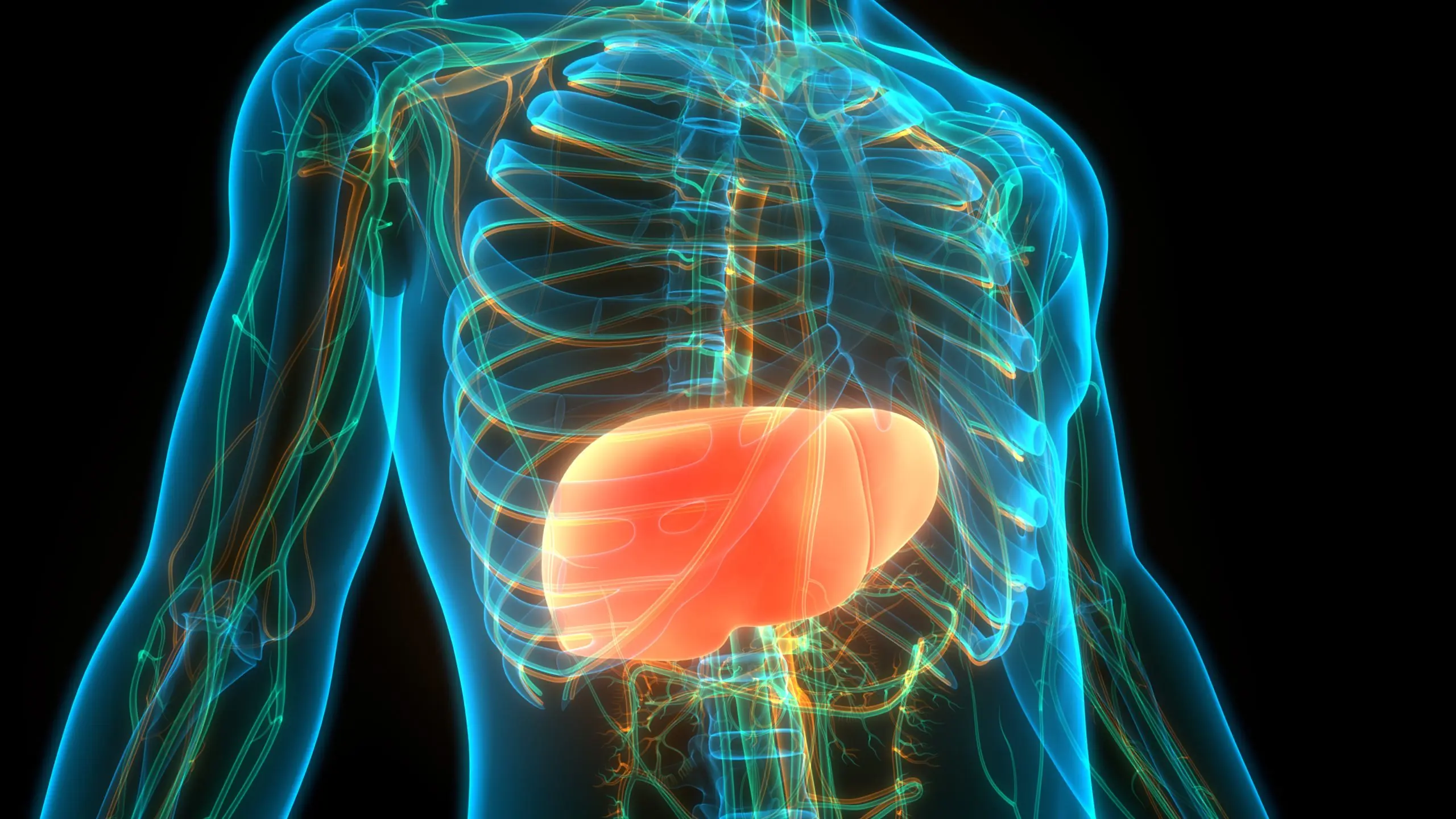
A Powerful Two-Ingredient Mixture for Cleansing Your Liver
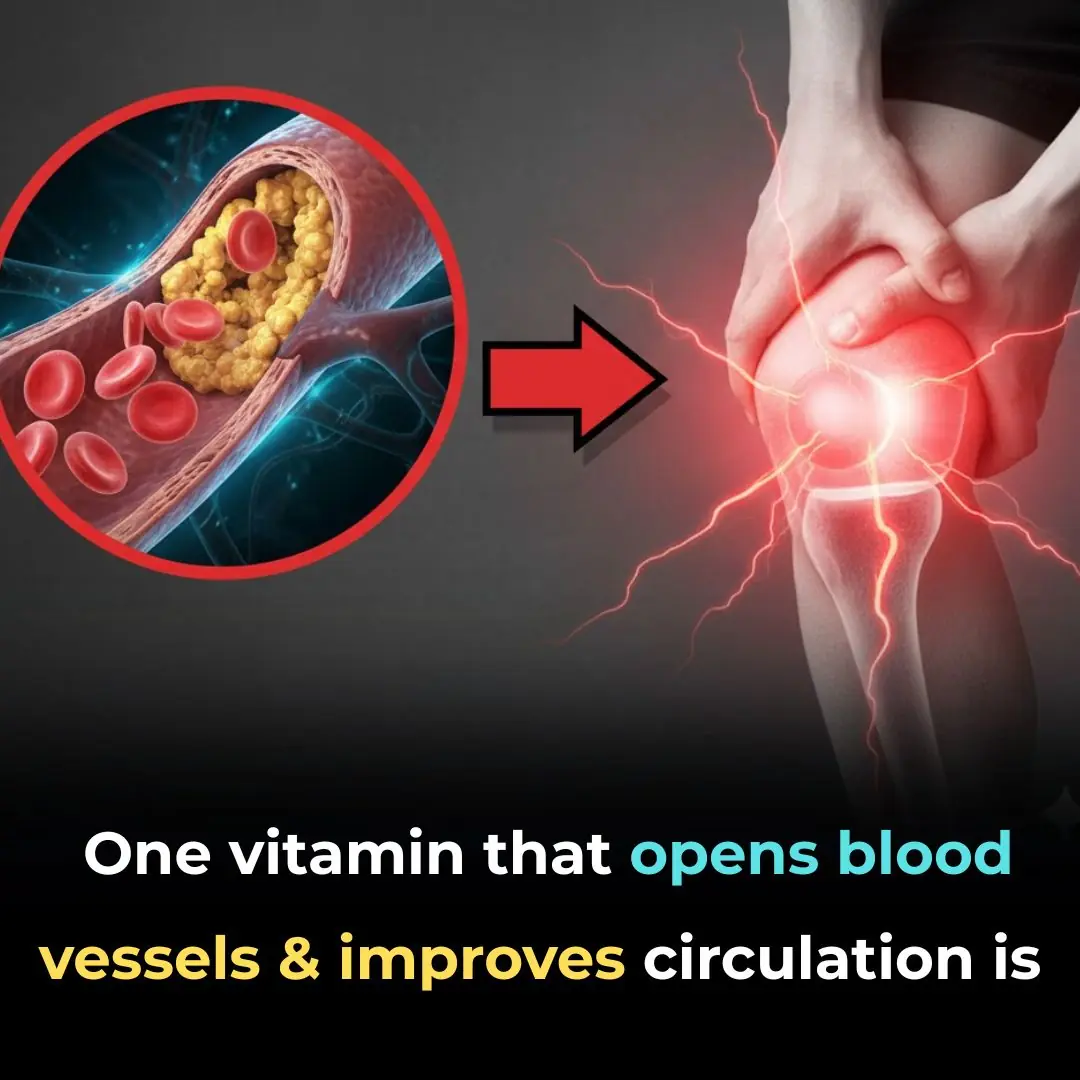
One Vitamin That Could Transform Your Circulation
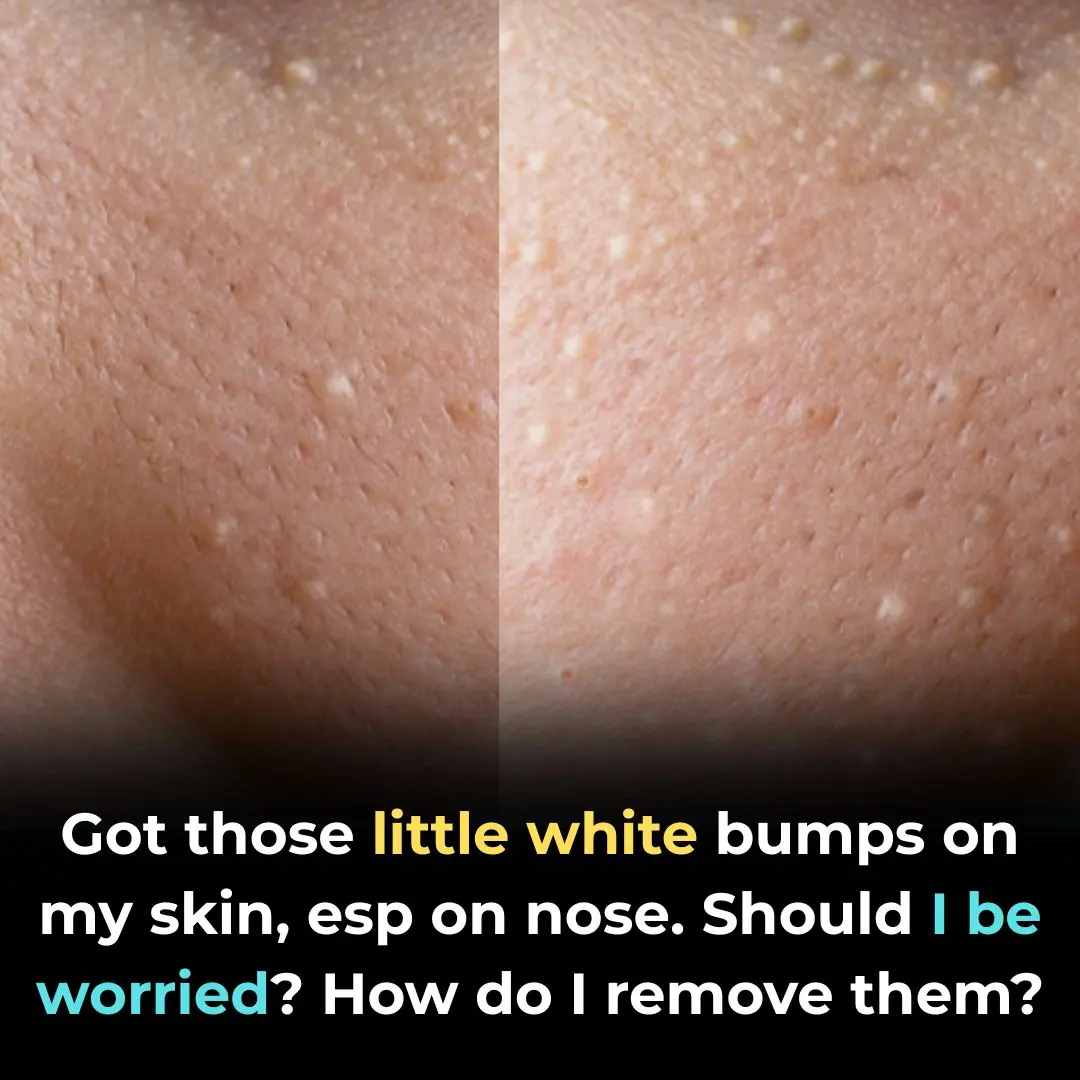
White Bumps on Your Face Don’t Try to Remove Them

Signs and Symptoms That May Indicate High Cholesterol Levels
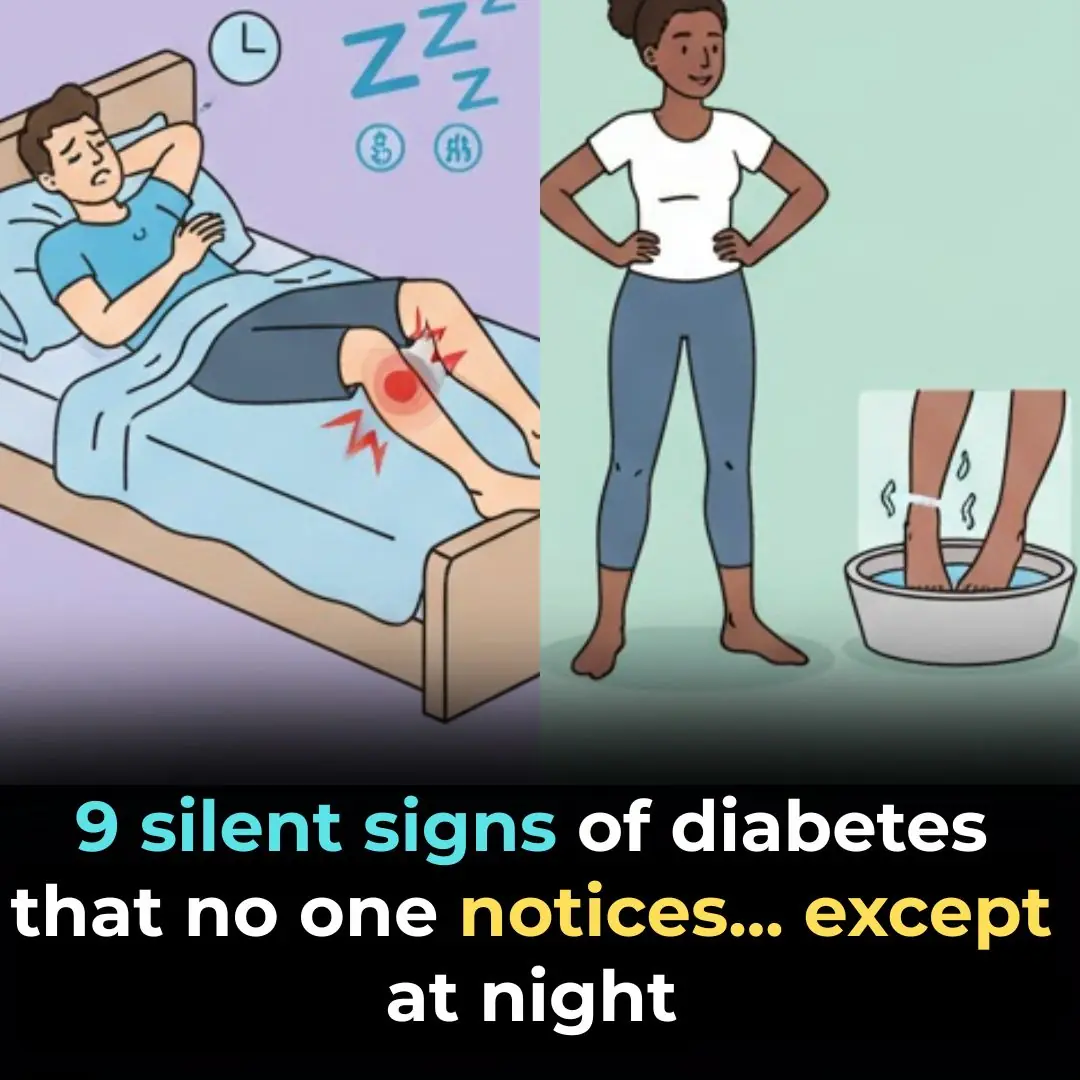
9 Signs of Diabetes That Appear at Night: What You Need to Know!
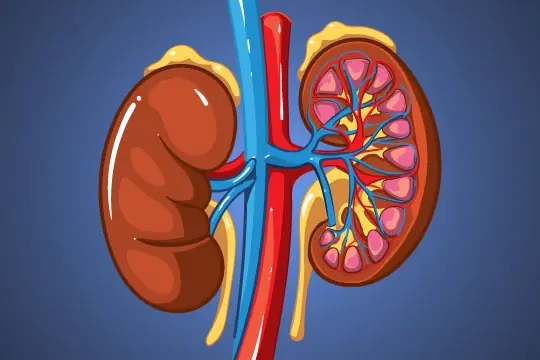
Healing Kidneys Naturally with Herbal Leaves: Supportive Strategies
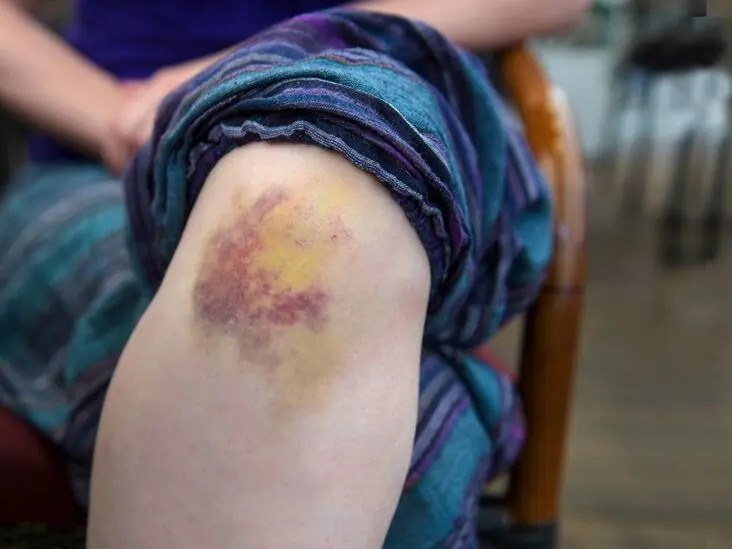
If Bruises Keep Showing Up Out Of Nowhere This Is What It Means for Your Health
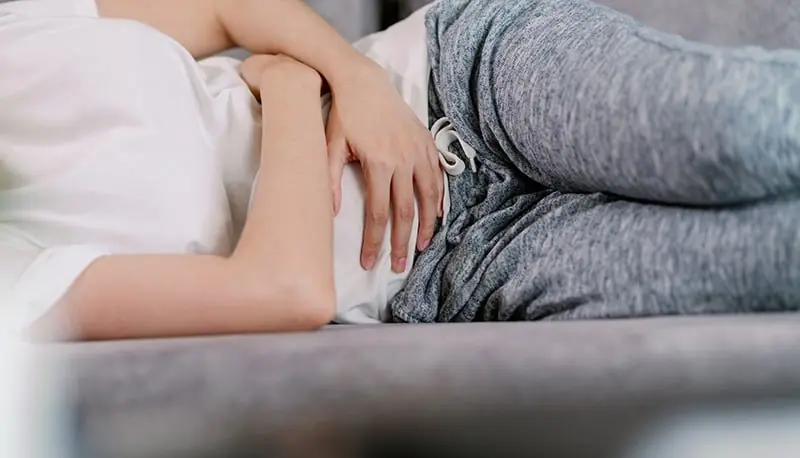
8 EARLY WARNING SIGNS OF OVARIAN CANCER WOMEN SHOULD NEVER IGNORE THESE
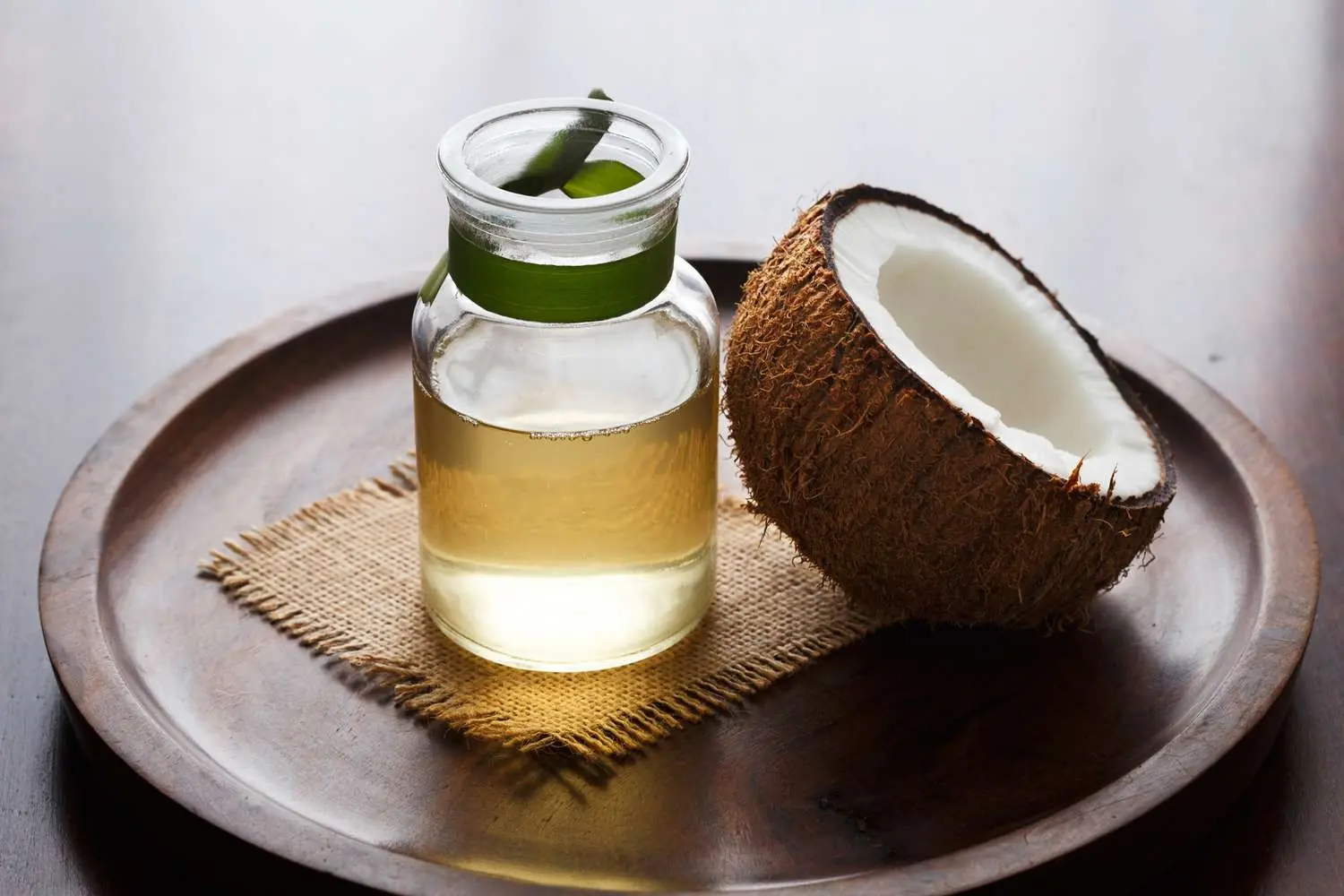
6 Ways Coconut Oil Can Benefit Those With Thyroid Problems
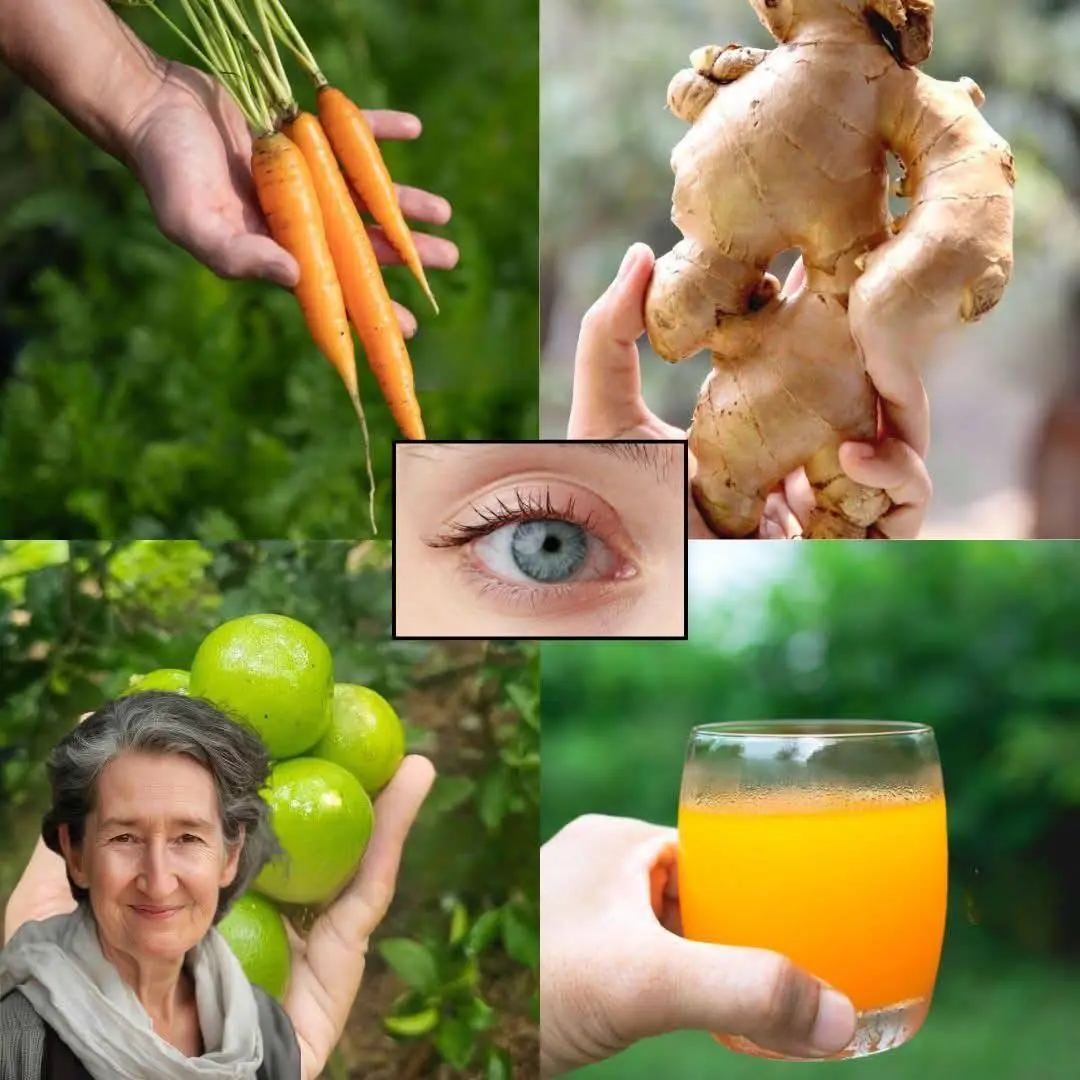
Top 5 Drinks To Improve Vision Naturally (Science-Backed)
News Post

Just Add a Few Drops of This When Frying Eggs — They Puff Up Fluffy and Soft, Two Eggs Seem Like Four

KISS legend Gene Simmons, 76, hospitalized after scary car crash in Malibu

Pick your wing to reveal who your guardian angel is

Little Button on Your Seat Belt

Papaya Leaves: Do Not Make This Hair Treatment if You’re Not Ready for Extreme Hair Growth

Kylie Kelce has the best reaction to Taylor Swift’s raunchy ‘Wood’ song about brother-in-law Travis
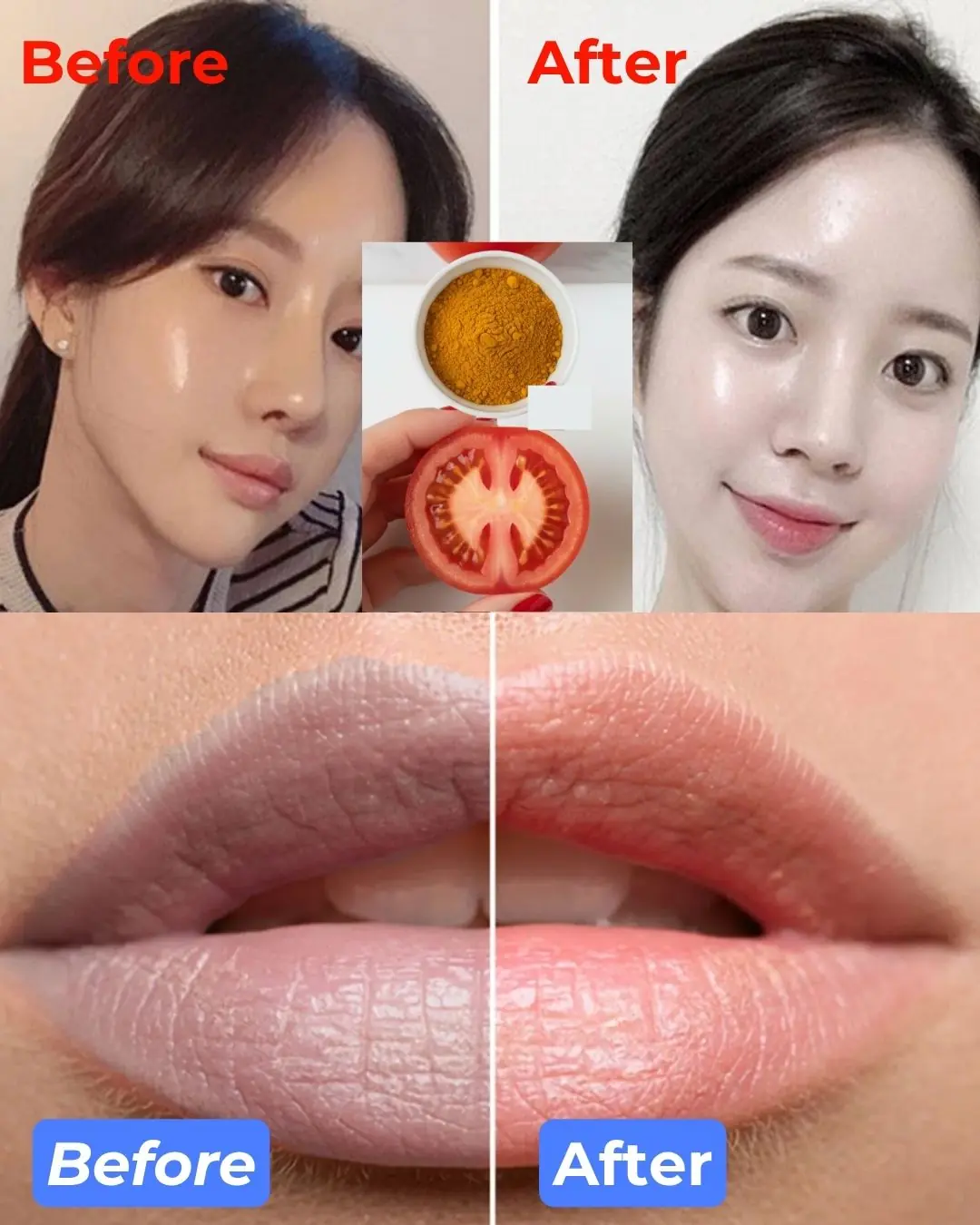
DIY Tomato and Turmeric Cream for Glowing Skin and Pink Lips

50 Cent's extreme body transformation left people questioning whether it was actually real

NASA astronaut going to the Moon next year reveals bizarre act he plans to do moments before takeoff

12 Weird Diabetes Skin Problems You Need To Know

Doctors REVEAL that guava leaf tea causes in...

Simple Ways to Lower Cholesterol Naturally

The Greyhound and the Rabbit: An Unlikely Pair That Proved Love Has No Boundaries

10 Simple Lifestyle Changes That Drastically Reduce Your Stroke Risk

How the sandstone pillars of Monument Valley were actually formed

Four Boys, One Dog, Endless Courage

20+ Iceland Photos You Won’t Believe Are From This Planet

The Cop Who Fixed a Taillight and Lost Everything.

Ginger and Red Date Tea: The 97-Year-Old Grandma’s Secret Longevity Drink
